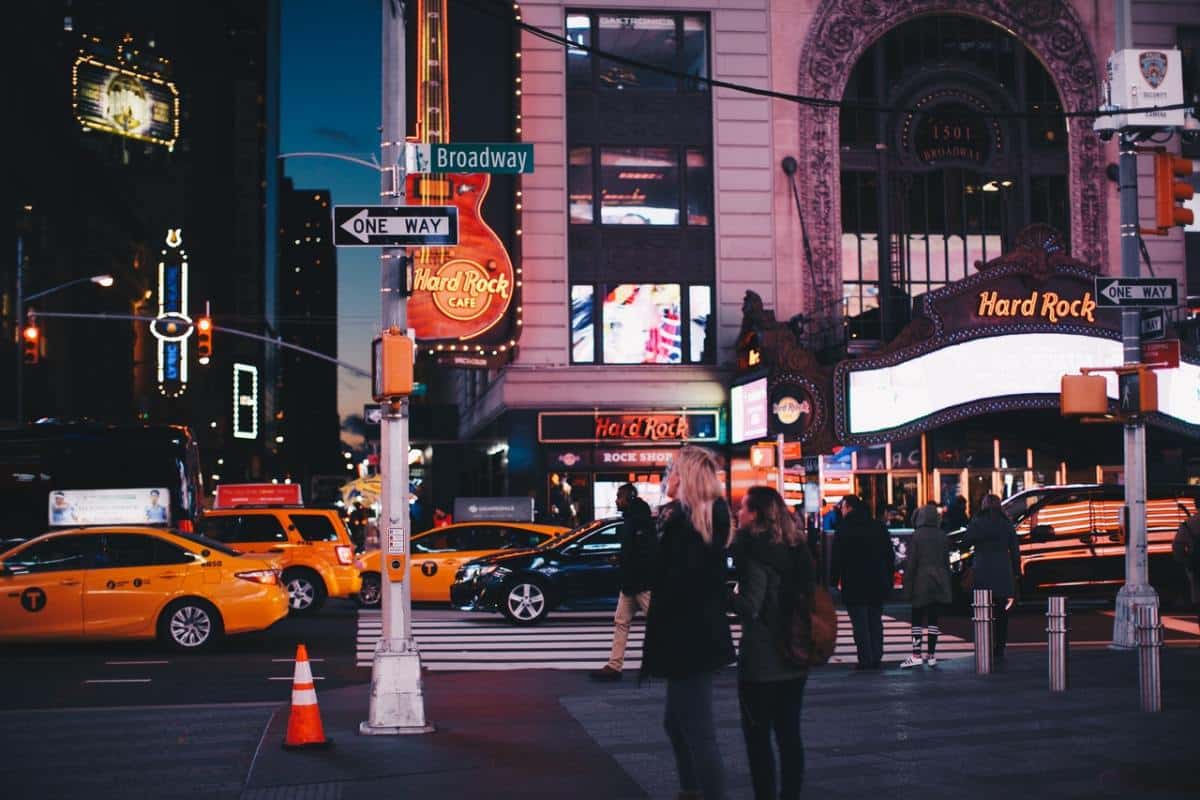8 Easy Facts About Street Photographers Described
Wiki Article
The 8-Minute Rule for Street Photographers
Table of ContentsThe Ultimate Guide To Street PhotographersHow Street Photographers can Save You Time, Stress, and Money.Not known Facts About Street PhotographersThe 5-Minute Rule for Street PhotographersThe 25-Second Trick For Street Photographers
Road professional photographers do not necessarily have a social objective in mind, yet they favor to separate and record moments which might or else go undetected.He was influenced by several of those who affected the street photographers of the 1950s and '60s, he was not chiefly interested in catching the spirit of the road. The impulse to visually record individuals in public began with 19th-century painters such as Edgar Degas, douard Manet, and Henri de Toulouse-Lautrec, that worked side by side with digital photographers trying to capture the significance of urban life.
Unlike Atget, professional photographer Charles Marville was hired by the city of Paris to develop an encyclopaedic document of Haussmann's urban preparation job as it unfolded, thus old and brand-new Paris. While the professional photographers' subject was essentially the very same, the outcomes were noticeably different, demonstrating the impact of the digital photographer's bent on the personality of the pictures he created.
Given the great top quality of his pictures and the breadth of material, architects and artists commonly acquired Atget's prints to use as recommendation for their very own work, though industrial passions were hardly his major inspiration. Rather, he was driven to picture every last residue of the Paris he enjoyed. The mingled enthusiasm and necessity of his objective luster through, resulting in pictures that tell his own experience of the city, high qualities that prepared for road digital photography of the 20th century.
Getting The Street Photographers To Work
They reveal the city with his eyes. His job and essential understanding of photography as an art type worked as motivation to generations of photographers that adhered to. The future generation of street professional photographers, though they likely did not refer to themselves because of this, was ushered in by the photojournalism of Hungarian-born digital photographer Andr Kertsz.Unlike his peers, Brassa utilized a larger-format Voigtlnder camera with a longer exposure time, compeling him to be a lot more computed and thoughtful in his technique than he might have been if utilizing a Leica. (It is believed that he might not have had the ability to afford a Leica back then, however he did, nevertheless, make use of one in the late 1950s to take colour photos.) Brassa's pictures of the Paris underworld lit up by man-made light were a discovery, hop over to these guys and the compilation of the collection that he released, (1933 ), was a significant success.
Cartier-Bresson was a champion of the Leica camera and among the very first professional photographers to maximize its abilities. The Leica allowed the professional photographer to connect with the environments and to catch minutes as they took place. Its reasonably tiny dimension also helped the photographer discolor into the background, which was Cartier-Bresson's favored strategy.
Excitement About Street Photographers
It is since of this basic understanding of the art of photo taking that he is commonly credited with rediscovering the tool throughout once again approximately a century because its invention. He took pictures for greater than a half century and influenced generations of professional photographers to trust their eye and instinct in the minute.These are the inquiries I will try to address: And after that I'll leave you with my very own interpretation of street digital photography. Yes, we do. Allow's begin with specifying what an interpretation is: According to (Street Photographers) it is: "The act of specifying, or of making something precise, distinct, or clear"
No, certainly not. The term is both limiting and misguiding. Seems like a street photography need to be pictures of a roads best?! And all road photographers, other than for a handful of outright newbies, will totally appreciate that a street is not the essential component to road digital photography, and really if it's an image of a road with perhaps a few uninteresting people doing nothing of passion, that's not street digital photography that's a picture of a street.
The Basic Principles Of Street Photographers
He makes a valid factor do not you believe? While I concur with him I'm not sure "candid public photography" will certainly catch on (although I do kind of like the term "honest digital photography") because "street photography" has actually been around for a long time, with many masters' names affixed to it, so I believe the term is More hints here to stay (Street Photographers).You can fire at the coastline, at a festival, in a street, in a park, in a piazza, in a coffee shop, at a museum explanation or art gallery, in a city station, at an occasion, on a bridge, under a bridge ...
Yes, I'm afraid we scared no choice! Without guidelines we can not have an interpretation, and without an interpretation we don't have a genre, and without a style we do not have anything to define what we do, and so we are stuck in a "policies interpretation style" loop!
The Of Street Photographers

Report this wiki page